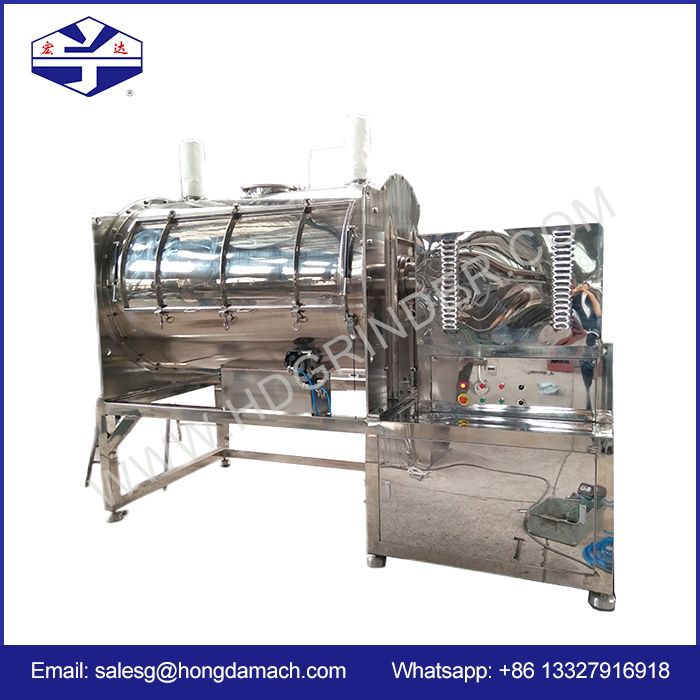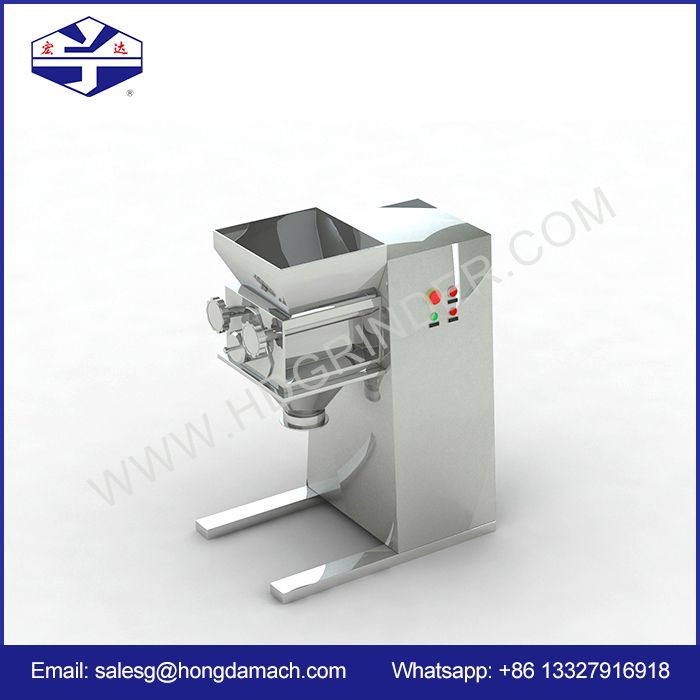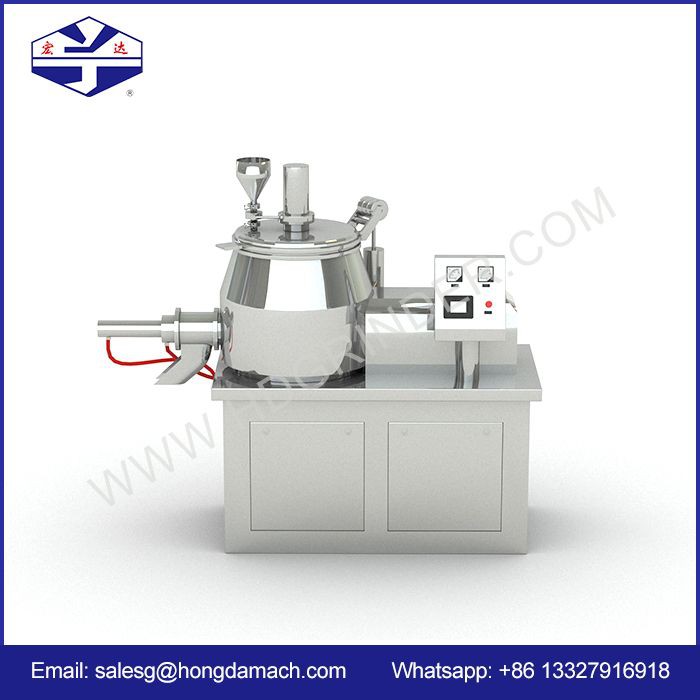1. Correct mixing time
1. For batch mixers, the determination of the mixing time is very important for the mixing quality. If the mixing time is too short, the materials will be unloaded without being fully mixed in the mixer, and the mixing quality cannot be guaranteed; if the mixing time is too long, the materials will be over-mixed in the mixer and cause separation, which also affects the quality and can Consumption increases.
2. The determination of the mixing time depends on the mixing speed of the mixer, which is mainly determined by the type of the mixer. Such as horizontal ribbon mixer, usually 3-5min per batch, its length depends on the type and properties of raw materials, such as moisture content, particle size, fat content, etc.; the mixing time of twin-shaft paddle mixer is less than 2min per batch ; For tumble mixers, longer mixing cycles are required due to their slow mixing action.
2. Appropriate loading
1. Regardless of the type of mixer, proper charging is a prerequisite for the mixer to work normally and have the desired effect. If there is too much material, on the one hand, the mixer will be overloaded, and more importantly, too much material will affect the mixing process of the materials in the machine, which will cause a decline in the mixing quality; if the material is too small, the mixing will not be fully utilized The efficiency of the machine will also affect the mixing quality. Therefore, no matter what kind of mixer is used, the filling degree of the material should be effectively controlled, so as to ensure the normal operation of the mixer and make the mixed feed meet the quality requirements.
2. For Kaixin dry batch horizontal ribbon mixer, the filling coefficient is generally 0.6-0.9, and the material level cannot exceed the top plane of the rotor; the filling coefficient of the twin-shaft paddle mixer is generally controlled at 0.6-0.9 0.85.
3. Try to avoid separation
1. Any powder with good fluidity has a tendency to separate. There are 3 reasons for the separation:
① When the material falls on a pile, the larger particles fall to the bottom of the pile due to the greater inertia, and the small particles with less inertia may be embedded in the cracks on the pile;
②When the material is vibrated, the smaller particles tend to move to the bottom, while the larger particles tend to move to the top;
③When the mixture is blown or fluidized, separation will occur correspondingly with the difference in particle size and density.
2. In order to avoid separation, take the following methods:
① Try to get close to the particle size of the various components of the mixture; or use the method of adding liquid to avoid separation.
② Master the mixing time and do not over-mix. It is generally believed that the material should be unloaded before it is close to uniform mixing, and the mixing should be completed during transportation or transit.
③ Reduce the loading and unloading work after mixing to a minimum. The less material falls, rolls or slides, the better. The storage bin after mixing should be as small as possible, and the transportation equipment after mixing is belt conveyor, and screw conveyor, bucket elevator and pneumatic conveying device should not be used as much as possible.
④ Ground the mixer and add antistatic agent to the feed to reduce the separation of the mixture due to the adsorption of static electricity.
4. Reasonable operation sequence
In the order of feeding, generally the components with a large proportion are added first or most of them are added into the machine, and then a small amount and trace components are placed on the materials. Among various materials, the ones with large particle size are generally added to the mixer first; while the ones with small particle size are added later. There are also differences in the density of materials. When there is a large difference, generally the material with low density is added first, and the material with high density is added later.








